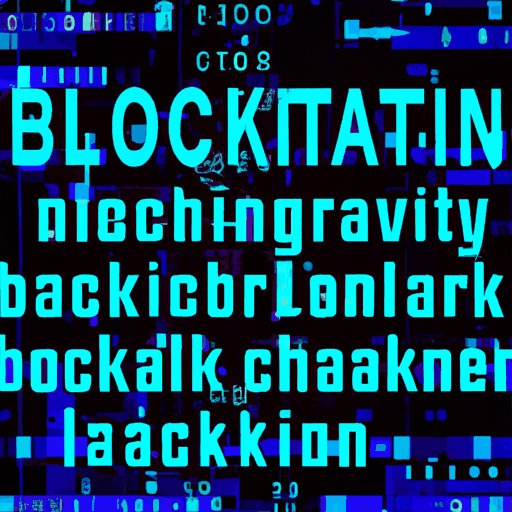
Understanding Maximal Extractable Value (MEV) in Crypto Transactions
By: Eva Baxter
Maximal Extractable Value (MEV) is an advanced concept in the cryptocurrency space that highlights a unique opportunity for entities like miners or validators to maximize profits on decentralized networks. It refers to the maximum value that can be extracted from block production in excess of the standard block reward and transaction fees.
MEV can occur through various methods, the most common being by reordering, inserting, or censoring transactions within a block. This ability to manipulate transaction order can lead to lucrative opportunities such as front-running or back-running trades, where users can take advantage of upcoming profitable transactions waiting to be confirmed on the blockchain.
Front-running entails bidding gas fees to prioritize transactions and profit from predictable market movements, like a large token sale that affects prices. Similarly, back-running involves placing transactions directly after a significant trade to capitalize on the resultant price swings.
These practices can be contentious, as they introduce fairness concerns and potential for network congestion. MEV bots automatically detect profitable opportunities, sometimes even exploiting legitimate transactions like token swaps that weren't securely configured, as seen in the Coinbase case. Security lapses at exchanges can inadvertently grant excessive token access, allowing MEV exploits to drain significant assets.
To counteract MEV practices, various solutions have been proposed, such as utilizing private transactions or implementing changes in the consensus mechanism. Protocol modifications aim to enhance transaction privacy and prevent order manipulation, ensuring a more equitable system for all participants.



